This may be a stupid question. I know I am a little green. I was set with a task of modifying this old, old system's navigation. There are two nav bars. The second has only search buttons. I was asked to remove the second nav bar, and replace it with a drop down that shows the search functions. I am restricted on what I can change due to the age of this system. There are no restrictions on the JS I can write. They are running jQuery 1.11.1, on an Adobe ColdFusion system (two months ago they upgraded from 1.3.2)
First: when the target is clicked, both the mouseenter and the click event trigger. The mouseenter fires first. This causes a problem on a desktop that is visible to the keen viewer, but on mobile, this creates a horriable usability issue. A: From my understanding mouse events do not happen on a mobile device but do for me. And B: since the mouseenter event runs first, it activates the closeDropDown function before the click event is processed. With the closeDropDown running, its .on('click', f(...eventstuff...)) hears the open click that is intended to trigger the openDropDown function, thus the drop down does not open.
Here are the functions. The console.logs are for checking what runs when.
function openDropDown(){
$('div.dropdown').parent().on('click.open mouseenter', function(event){
$subject = $(this).find('.dropdown-menu')
// console.log(event.type, $subject, "first o");
if(!$subject.is(":visible")){
// console.log($subject, 'second o');
$subject.show()
}else {
if(event.type == 'click'){
// console.log('third o');
$subject.toggle()
}
}
closeDropDown($subject)
// console.log('open complete');
})
}
function closeDropDown($x){
// console.log('first c');
$(document).on("click.close",function(e){
// console.log("second c", e.type, "this type");
if(!$(e.target).closest(".dropdown-menu").parent().length){
// console.log("third c");
if($x.is(":visible")){
// console.log('forth c');
$x.hide()
}
}
$(document).off("click.close")
// console.log('complete close');
})
}
openDropDown()
onSearchClick()
I have read a few posts hoping for some help (like this and that
Over all, I know I need to condense my code. I understand a few ways to fix this (add an if(... are we on a mobile device...) or some counter/check that prevents the closeDropDown from running when the dropdown is closed)
I really want to understand the fundamentals of event listeners and why one runs before the other stuff.
Although suggestions on how to fix this are great, I am looking to understand the fundamentals of what I am doing wrong. Any fundamental pointers are very helpful.
Of note: I just read this: .is(':visible') not working. I will be rewriting the code with out the .is('visible').
Other things that might help:
This is the Chrome Dev Tools console when all my console.log(s) are active.
First, click after page load....
 Drop down opens and quickly closes.
Drop down opens and quickly closes.
Thanks! All your help is appreciated!
